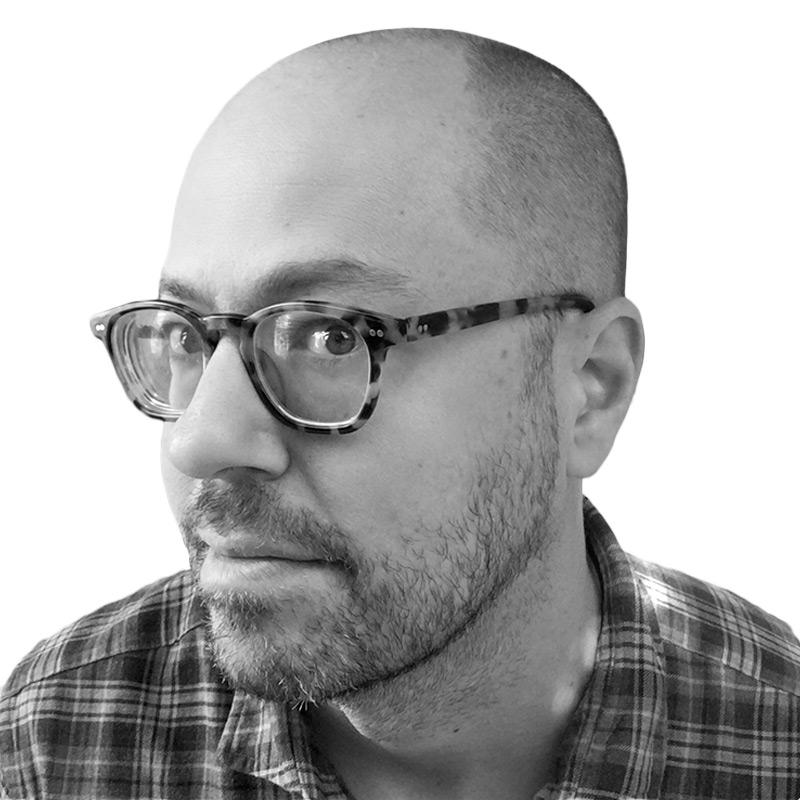Social Distancing Diaries: Self-Isolation in a Small Town
The coronavirus has slowed down the pace of human activity in cities. In a small college town, the sudden stillness is not so severe. But the pace of felt change has accelerated, resulting in a similarly disorienting effect.
The sports and pop culture calendars have paused. The safest thing that you can do right now is stay inside. And millions of people are looking for creative ways to pass the time. The Ringer is here to help. We’re starting a series called the Social Distancing Diaries, with our staff’s ideas for finding comfort, joy, community, or distraction while doing your part to flatten the curve. In the coming weeks, we’ll be diving into what we’re passionate about and want others to discover—from bidets to buried treasure and everything in between.
Friday: The woman in the Statue of Liberty costume is still out on the corner of High and Hanover. She’s got her sign and she’s waving it at the traffic. Some of the drivers honk, because they love liberty, and some do not honk, for their own private reasons. There aren’t many drivers out in Carlisle, Pennsylvania, today in any case. There are even fewer walkers. Yesterday, the governor of Pennsylvania, Tom Wolf, ordered all nonessential businesses in the state to close to combat the coronavirus pandemic. People have mostly been staying home. Though not the Statue of Liberty.
I’m on foot, so I don’t have a decision to make re: honking. I’m out here trying to assemble some keen observations about small-town life during a pandemic. I’m also walking my dogs. I volunteered to write this slice-of-life story but I have no idea what to say. I just figured all the articles I’d read on the crisis were about big cities. I’ve spent half my life in small towns, but my wife and I moved back to Carlisle from Los Angeles not that long ago, so I thought I might be usefully alive to the differences. Looking at the emptied-out streets, though, I wonder if the experiences aren’t mostly similar. Maybe global shutdown has a leveling effect.
The Statue of Liberty is a human advertisement for Liberty Tax Service, a walk-in tax preparer about half a block up on Hanover Street. It’s their high season. They haven’t closed their doors. Neither has the Amazon distribution center a few miles outside of town, a warehouse the size of a missile base that processes deliveries for much of the Eastern U.S. Most of downtown Carlisle is shut up tight, though. This part of town, the historic district, is pretty in that slightly skewed picture-postcard way you see in American small towns that are doing OK without being truly rich. There are flower baskets hanging from wrought-iron streetlamps. Nineteenth-century brick facades up and down the tree-lined streets. The storefronts are disproportionately occupied by businesses you don’t expect to see in such picturesque surroundings, bail bondsmen and Bible retailers and staffing agencies. Also: art galleries, coffee shops, and some reliably excellent restaurants. By Monday, the day Governor Wolf’s order starts being officially enforced, most of these places will have signs on their locked doors referencing COVID-19 and the pandemic. The kung fu school, Carlisle Kung Fu, asks you to check its Facebook page for local kung fu–related bulletins. The Christian bookstore is one of the few closed shops without a sign; I guess if that’s your line of work, it stings to admit you’re considered nonessential.
Monday, it rains. Pink flowers are starting to blossom everywhere. The trees look like misty fireworks. All over town, there’s a ghostly feeling. The cause is easy to name. It’s because the college is closed. Dickinson College is where my wife teaches. It occupies a couple of big, leafy quadrangles near the center of town. The students should be back from spring break around this time, but while they were gone the administration canceled in-person classes for the rest of the year. The students had to move out of their dorms. They’re taking classes online. This is the case with schools around the country. It’s one of the potentially revolutionary changes playing out almost silently under the surface of the emergency. In a few weeks, almost every American student will have experienced a new kind of distance learning. Every university or college will know how to conduct classes online. It’s an improvised experiment on a scale so vast it could never have been arranged beforehand. We won’t know what its repercussions will be for months. Maybe not for years. That will likely be the case across multiple levels of pandemic response. What’s happening now could transform areas of life most of us aren’t even paying attention to, because we’re focused on the immediate problem of how to keep people alive.
There are 2,345 students at Dickinson and 19,000 people in Carlisle. You can’t take that many people out of a town this small and not have the absence register, even beyond the emptiness already created by the local shutdown. The quads are foggy lawns, nothing moving on them but a few squirrels. I would rather not have a reason right now to think about what it feels like when a detectable percentage of a population disappears overnight.
Not that everyone is gone or indoors. Another thing the small-town pandemic has in common with the city version is that there are plenty of people you would like to clobber for not taking it seriously. I run into a guy I know on Pomfret Street, who tells me he and his wife are still having people over and traveling. “This is not the part of the country where this thing is going to spread,” he says.
Right, because no one in Carlisle ever gets, you know, the flu.
There’s a beach volleyball court on campus. Just tucked in among the stone and the cupolas. Every day when I walk past it, there are six or eight college kids out there, playing beach volleyball. Are they diplomats’ children? I wish I knew. Students who can’t fly home, at any rate. I should be annoyed at them for not socially distancing, but at this point they must be a functional group-isolation cell, if only because they never leave the sand pit.
By Tuesday, I’m starting to read the signs downtown for subtle political variances. This is a Republican county, but Carlisle, a college town and the county seat, is split, politically. You can feel the invisible force field running through everything, the way you can in a lot of places these days. Many houses have signs out front saying “We’re glad you’re our neighbor” in several languages; there are also plenty of airplane-hangar-sized trucks with Trump stickers on their opaque black, bulletproof-looking rear windshields. (There’s a minivan near my house with one bumper sticker reading “LIBERTARIAN” and another reading “Proud Supporter of My Local Sheriff”; human beings are not simple even when they are.) When the local tattoo parlor puts up a handwritten sign that says they’re closing “to keep everyone safe,” the language inflects one way. When the gun and “militaria” shop puts up a curt notice saying “BY APPOINTMENT ONLY” next to a sticker warning thieves (I guess?) of its “DNArrest Vapor-Sampling DNA Protocol,” you read it another. On the other hand, some language is universal. The local Divorce Master’s Office has posted an announcement that it’s switching to “exercises and video conferencing”; if you’ve ever wanted to dissolve your marriage inside a Google Hangout, your hour has finally arrived.
Wednesday: The news says there are 1,127 confirmed cases of the coronavirus in Pennsylvania. Eleven people have died. The legislature has voted to delay the primary election till June. The public library has closed down, indefinitely suspending all due dates; the Amazon hub is still sending out thousands of packages per day. I’m out walking, still in the rain, the dogs in their little yellow storm slickers. It occurs to me that if there’s a difference between this experience here versus New York or Los Angeles, then once you get past the obvious logistical stuff—the exponentially greater difficulty of moving around a city, the exponentially smaller supply of vital goods and services in a town—then it probably has to do with how the lockdowns alter the basic rate of change. A city is changing all the time; that’s what cities do. No two days in Manhattan look the same. In a small town, things change so gradually that any deviation—one restaurant closing down, even a broken streetlight—feels like a notable event.
Things are likely to get much worse for many of us. But for now, for many of us who haven’t caught the virus and whose loved ones haven’t caught it, what feels like the surreality of life under social distancing lies partly in the way lockdown has muddled the pace of daily life. In cities, the pace of human activity has slowed down; in towns, the pace of felt change has accelerated. In a weird way, cities have become more like small towns (there’s less going on, fewer people on the streets) and small towns have become more like cities (everything is totally different, the basic landscape is suddenly inconsistent). It’s hard to know how to orient yourself in that frame. I guess you look to the things you know to be certain. Toward the end of my walk, I pass by Liberty Tax. There’s a yellow sign on the door that reads, “WE ARE ALLOWED TO BE OPEN,” and I smile to myself before I remember the other half of that famous dichotomy.

